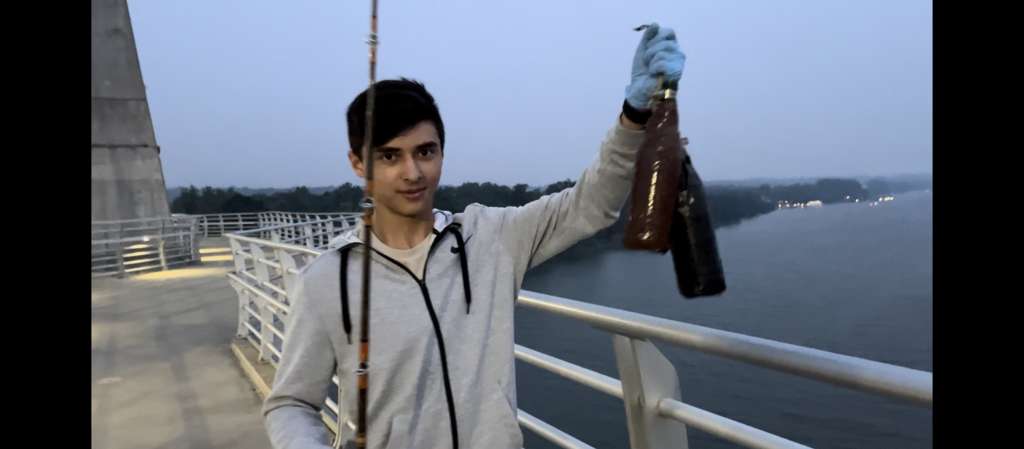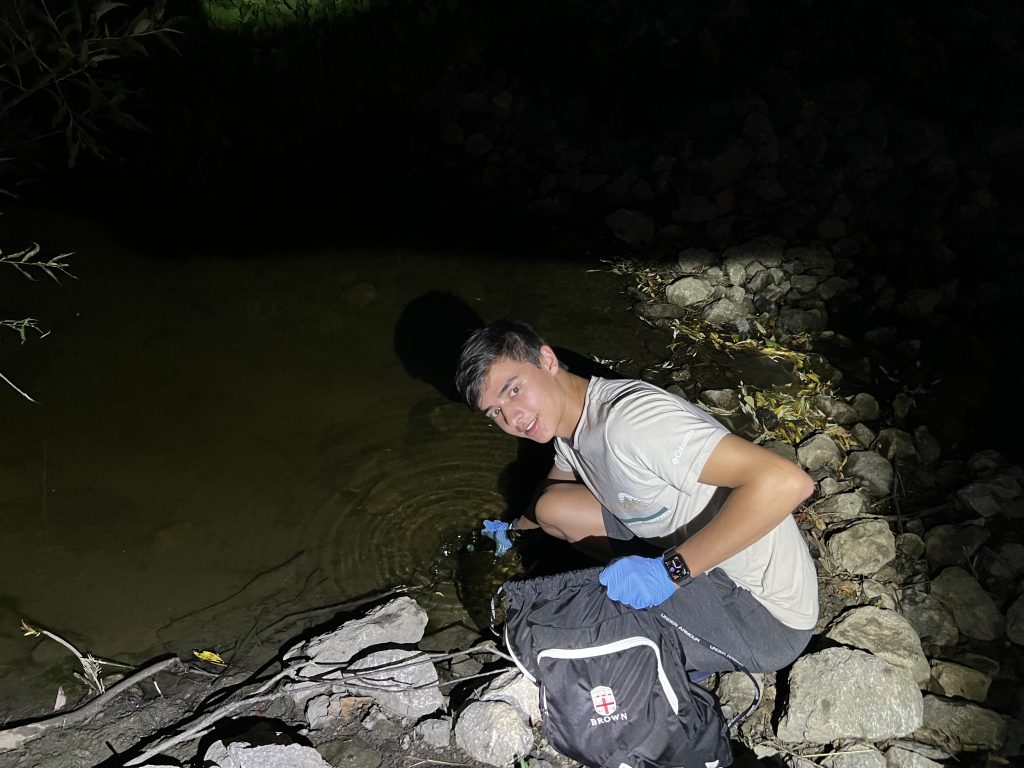Earlier this year a train derailment in East Palestine, Ohio released dangerous chemicals into the environment. This brought concern to me due to East Palestine’s proximity to the Ohio River, which is my family’s source of drinking water, as we live in Louisville, Kentucky. The release of hazardous chemicals prompted authorities from the EPA to quickly burn these chemicals in order to prevent a larger disaster. Unfortunately, the burning of the chemicals created other chemical compounds. When the Vinyl Chloride from the incident was burned, it created 2,3,7,8 Tetrachlorodibenzo-p-dioxin – or TCDD. TCDD is a hazardous substance and a known carcinogen. After learning about this, as well as how the EPA stopped testing for TCDD, I wanted to find out more and also see what I could do to help. With further research, I found that they stopped testing for TCDD when it was below Ohio’s state limit. I then decided to compare Ohio’s regulations to those of other states and found that Ohio’s were significantly higher. Because of this, I wanted to travel along the Ohio River to test for this chemical. Not only my own community, but many others use the Ohio River’s water as their primary water source. In fact, five million people use the Ohio river as their drinking water source. Due to TCDD’s resilient nature and high level of toxicity, I decided that this would be the best chemical to test for.
This project’s methodology revolved around using five TapScore water testing kits to collect water samples from specific locations along the Ohio River. I reached out to professors from colleges such as Purdue, University of Louisville, and the University of Cincinnati, as well as my local water company for advice on testing. The specific guidance I got included advice such as, testing upstream from urban areas to avoid contamination from city pollution, testing in the middle of the river, 5-10 feet above the bottom, and testing in five equidistant locations so in the case I found contamination, I could easily extrapolate data and estimate contamination in other areas. Armed with this new knowledge and water testing experience from my chemistry class, I set out to collect the samples. On the weekend of July 15th, a local chemistry scholar and I set out on a two-day road trip journeying 889 miles in total along the Ohio river to collect the samples, starting in East Palestine.
We arrived in the town of East Palestine at around 9:00 pm. We drove to a tributary called Sulphur Run, which starts in close proximity to the train derailment site and flows into the Ohio River. There, we collected the water within half a mile of the derailment site. I was also interested in talking to the workers there to see what I could learn from them, so I traveled to the eastern side of the town and stopped where the road was blocked and being guarded by officials. They told us how they were removing soil and water, which was why the road was closed, but luckily there were no buildings in the shut off area, other than a factory about 50 yards away from where we stood that was still operational. They also mentioned how they were working 16-hour days, seven days a week, and the completion date kept on falling back. They didn’t mind that much though, as they were making more than 3x their normal pay.
After our visit to East Palestine, we started the drive back along the Ohio River mapping out our route. In order to test from the middle of the river, we found towns with bridges open to walkers. We dangled our collection containers off the bridge, submerged them in the water, and brought them back up to collect the water. Afterwards, we transferred the water into the glass jars given to us by TapScore. Over the trip, we collected samples across three states in the towns of East Palestine, OH; Williamstown, WV; Huntington, WV; Maysville, KY; and finally, Louisville, KY.
Once I arrived back home, I prepped the containers to be sent out to TapScore’s partner labs in California, Summit Environmental. Twenty days after I shipped the packages out, I received a notification that the samples had been tested. Luckily the test results confirmed “no TCDD detected” for all five samples in the context of California’s standards, which are 0.03 ng/L or 0.03 ppt.
As this project nears its conclusion, my final goal remains to spread my findings to the community. I hope to achieve this through the publication of my results in local newspapers or magazines to raise local awareness about the effectiveness of the EPA’s efforts following the derailment, based on my positive findings.
Once again, a huge thanks to the Workman family for making this possible. Initially I didn’t have enough funding to reliably test the water, but I was lucky and am grateful to have received additional funding.
During the trip I recorded a vlog of our journey, and it will be posted at this link soon: youtube.com/@jameskurto
-James ‘25









